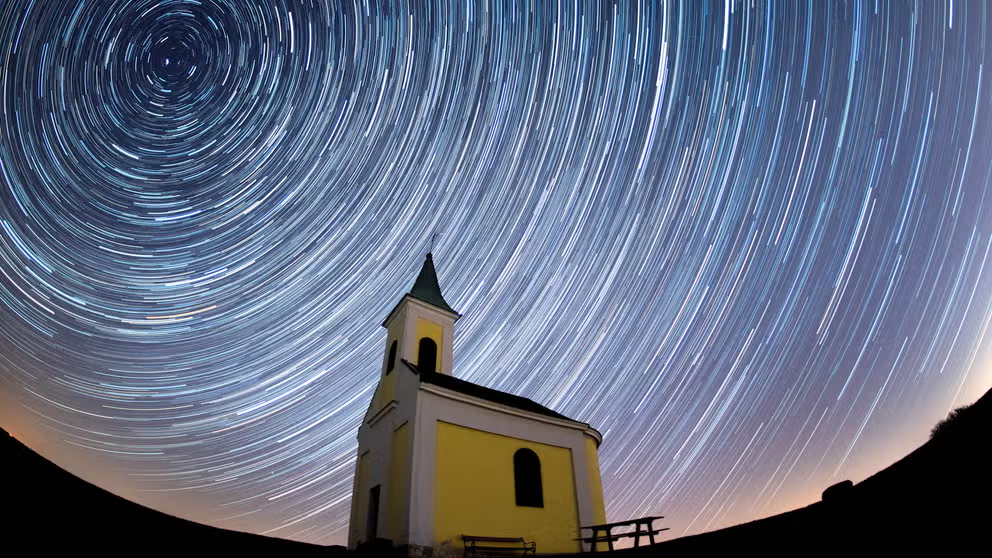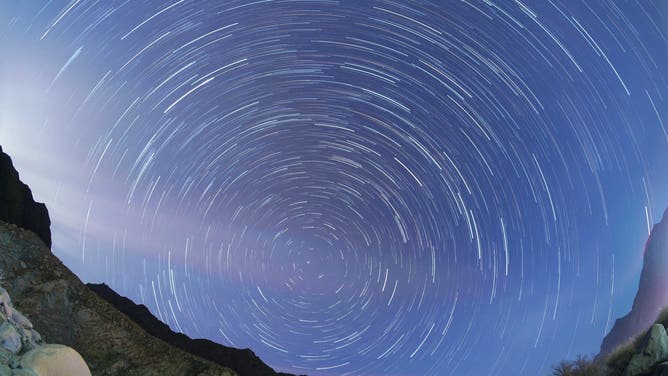Back-to-back Taurid meteor showers to light up night sky in November
The Leonids and Southern and Northern Taurids meteor showers each reach their peak activity in November, making it a good month for spotting shooting stars.
Meteor showers explained: what to know and how to watch
We call them shooting stars, but it's actually meteors that create dazzling streaks of light across our night sky.
Space enthusiasts will have a few more reasons to look up throughout November, as three more meteor showers are expected to reach peak visibility.
The Leonids and Southern and Northern Taurids meteor showers each reach their peaks sometime throughout November.
The Southern Taurids began their activity in late September, according to the American Meteor Society (AMS). This shower will reach peak activity on the night of Nov. 4.
The Northern Taurids also reach their peak in November. Overnight on Nov. 11, the Northern Taurids will be the most visible. The two meteor showers overlap in activity from October until December.
HUBBLE TELESCOPE CAPTURES STUNNING IMAGES OF STAR SYSTEM REMINISCENT OF A VOLCANO
The Taurids meteor showers are known for the fireballs they produce, according to NASA.
The Southern and Northern Taurids meteor showers originate from the comet Encke, and the showers happen when Earth interacts with the dust cloud from the Encke comet, the AMS said.
The comet Encke is a small comet, and it takes Encke about 3.3 years to orbit the Sun, according to NASA.
The Leonids meteor shower became active starting Nov. 3, and peak activity will happen overnight on Nov. 17 into Nov. 18.
According to NASA, this shower radiates from the constellation Leo and is known as a major meteor shower. The radiant is the point at which the meteor originates, according to the AMS.
NASA said the Leonids shower is best viewed at about midnight. To see the longest meteors, look away from the meteor shower's radiant.
According to NASA, the Leonids are some of the fastest meteors, and they travel at about 44 miles per second. The Leonids can also be colorful, NASA said.
The Leonids stem from the Comet Tempel-Tuttle. The comet got its name from its two independent discoveries by Ernst Tempel and Horace Tuttle, NASA said. It takes Comet Tempel-Tuttle 33 years to orbit the Sun once.

FILE- BEIJING, CHINA - JANUARY 3, 2022: A shooting star of the Geminid meteor shower is pictured on Jan. 3, 2022, in Beijing, China.
(Liu Shuangxi/VCG / Getty Images)
If three meteor showers weren't enough for November, activity from the Geminids meteor shower begins Nov. 19. This meteor shower won't reach its peak until mid-December, but the Geminids shower is considered by NASA to be one of the best annual meteor showers.



